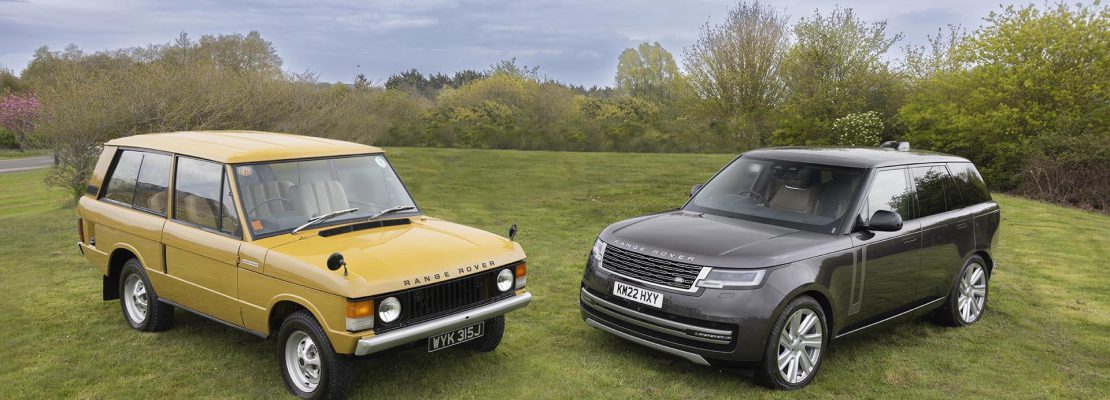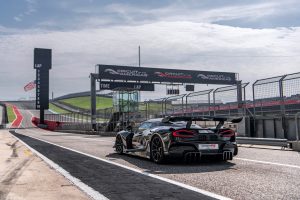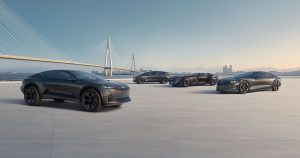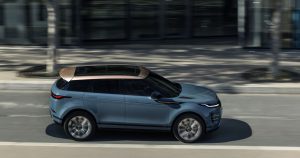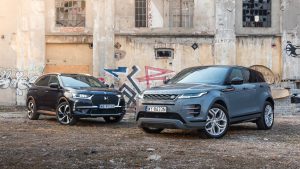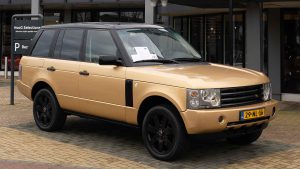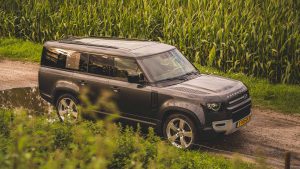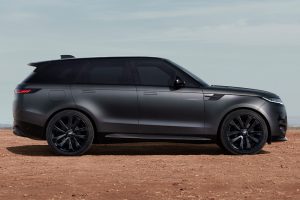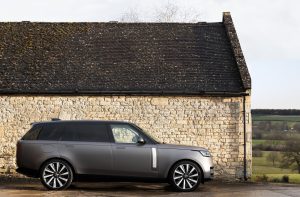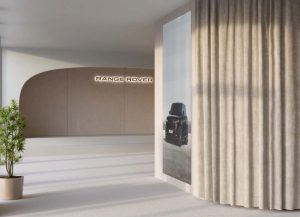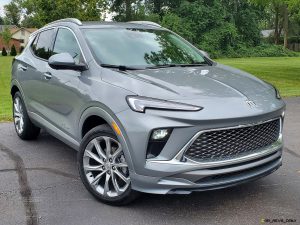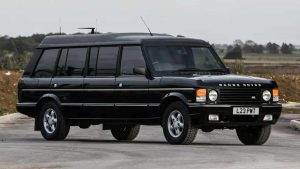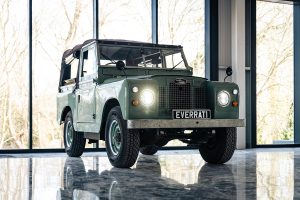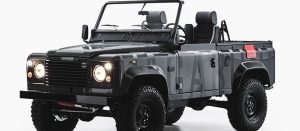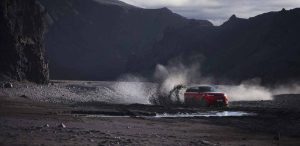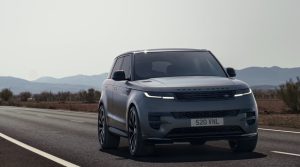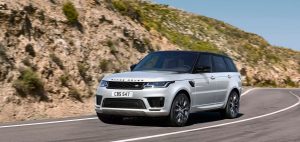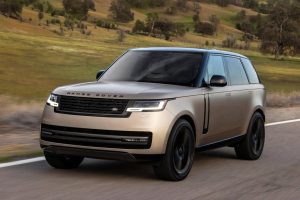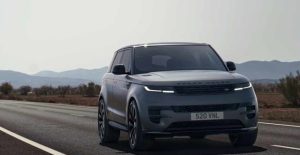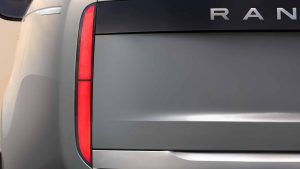Ah, the OG of luxury cruisers! Well, sort of. The original Range Rover was vastly improved for its time, thanks to that velvet boxing glove V8 and buttery-smooth suspension. But luxury? To be fair, the Jeep Wagoneer had already debuted seven years earlier.
The first Range Rovers had windows that you had to jump up and down, PVC seats, rubber floor mats, a manual gearbox and a steering wheel that no gym could match. However, the road characteristics were ready, with permanent four-wheel drive, a low range and the option of locking the central differential.
The new one is otherwise very elegant, isn’t it?
Absolutely. In the 1970s and 1980s, Land Rover found that every time the most luxurious version was released, it was the best-selling version. And so they know that they can release a stripped down version, but that would be very stupid in a commercial sense. So they did not make that mistake.
Every new Range Rover costs something in the six figures and the top ones can even cost three grand. Our model is at the lower end, with standard all-wheel drive and the D350 V6 diesel. But the interior is still full of beautiful leather and wood, everything is electric, you have all the digital magic you could wish for and you couldn’t feel more welcome in the car. And then there’s four-wheel steering, adaptive air suspension and an active anti-roll system.
Can you feel the 53 year difference when you drive?
The ‘loose’ chassis and vague steering of the original means it sways a bit on the road when the road surface is rough. It has no anti-roll bars, so it leans like a galley on the corners. When you drive over a bump, the heavy axle shakes for a while.
Wind and transmission noise muffles the sound of the V8, although these are all things that were resolved on later Classics. And yet, despite everything, he is charming and attractive. There’s feel in the steering and it’s satisfying to anticipate that body thrust and control it.
New is endless speed, fueled by a waterfall of sweet bliss from the V6 diesel and automatic transmission. It’s bigger and heavier, but it’s easier to hold because you’re supported by a lot of chassis technology.
On most roads it doesn’t feel as wide as it is, because the steering wheel is surprisingly well weighted. The independent suspension and rigid mono-coque have also changed the handling. You’ve lost your connection a bit with the car.
Do they have any similarities?
These are big smooth cars that invite you to relax in the comforts they offer and enjoy the ride. Either way, they will get you there. Tension and stress just melt away.
And then there is design. The new one looks more muscular and better designed, but its majestic height and respectable proportions are the things that have defined the Range Rover for five decades. The high seating position and low waist are also a signature feature – you look at the world from above, and the world looks at you. In a real sense, the Range Rover remains the ultimate form of transportation.

